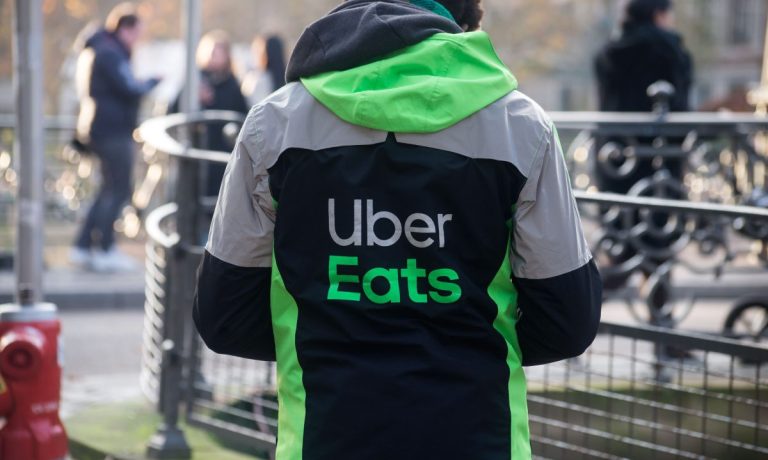
As Uber Eats looks to grow its non-restaurant sales, the aggregator is partnering with convenience retail eCommerce platform Vroom Delivery to grow c-store sales.
On Monday (July 17), the two companies announced their agreement, enabling retailers using Vroom Delivery’s back office, inventory and loyalty solutions to integrate their digital storefronts with Uber Eats’ marketplace, allowing them to reach new customers. C-stores using Vroom can also, through this partnership, use Uber’s white-label delivery offerings through their first-party channels.
“We are excited to partner with Vroom Delivery to help convenience retailers reach more customers and grow their businesses with delivery,” Bernie Huddleston, General Manager of Uber Direct for U.S. and Canada, said in a statement. “By making it easier for convenience retailers to take in and fulfill online orders and leverage the network of couriers delivering with Uber, this new partnership will benefit consumers and convenience retailers alike.”
Vroom’s customer base spans more than 3,000 c-stores across the country, which could significantly boost Uber Eats’ selection, a key priority for the aggregator going forward.
“As far as New Verticals, we’re very, very optimistic on our progress there. We’re now at in excess of a $5 billion annualized gross bookings run rate,” Uber CEO Dara Khosrowshahi told analysts on the company’s last earnings call. “The business is growing 30% year on year. … As we add selection, as experience continues to improve, those Eats customers who use New Verticals are going to be happy and they’re going to come back. So, the trend here is positive. But we have a very long way to go.”
Khosrowshahi added that a key part of this effort is to add more merchants with additional retailer partnerships.
Indeed, a growing number of consumers are looking for convenient eCommerce options, according to supplemental research from the survey of nearly 2,500 U.S. consumers behind PYMNTS’ study last month, the “ConnectedEconomy™ Monthly Report: The Urban-Rural Health Divide Edition.”
The results revealed that online shopping is on the rise across all income groups, but especially among those with money to spare. Specifically, consumers who make over $100K a year increased their digital shopping engagement by 11% in the last year, while those who make $50K-$100K increased it by 3% and those who make less than $50K by 5%.
Indeed, across the aggregator industry, key players are looking to drive customer frequency and draw more revenue from their existing driver networks by expanding their presence in this space, seizing on more on-demand occasions. DoorDash, for instance, has its DashMart in-house virtual c-store in addition to its third-party convenience retail partnerships.
“All categories within our new verticals umbrella, whether it’s grocery, our DashMart business, our third-party convenience are improving. We feel good about the progress, and … overall on a margin basis, our New Verticals is improving both sequentially, as well as annually,” CFO Ravi Inukonda told analysts on the company’s last earnings call.
Grubhub, too, has its own digital c-store, Grubhub Goods, in addition to other convenience retailers on the platform and to its partnership with convenience delivery firm Gopuff.